Top 15 New Technology In Construction Industries Which Can Help You to Grow
New Technology In Construction Industries
Technology is playing an increasingly significant role in the construction industry, also The construction industry is continually evolving with advancements in technology that enhance efficiency, safety, sustainability, and productivity. Here are some of the new technologies and trends that have been making an impact in the construction industry:
1. Building Information Modeling (BIM): BIM is a digital representation of a building’s physical and functional characteristics. It facilitates collaboration among architects, engineers, contractors, and other stakeholders, improving project coordination and reducing errors.
2. Augmented Reality (AR) and Virtual Reality (VR): AR and VR are used for immersive project design, virtual walkthroughs, and on-site construction assistance. They help in visualizing complex projects, reducing errors, and providing training.
3. Drones: Drones are used for site surveys, progress monitoring, and inspections. They can quickly capture high-resolution images and data, improving safety and project management.
4. 3D Printing: 3D printing technology is being used to create construction components, such as building elements and even entire houses. It reduces material waste and can speed up construction.
5. Robotics: Robots are used for tasks like bricklaying, concrete pouring, plaster and demolition. They can improve efficiency, reduce labour costs, and enhance safety on construction sites.
6. Artificial Intelligence (AI): AI is used for project scheduling, cost estimation, and predictive maintenance. It can analyze vast amounts of data to optimize project outcomes and reduce delays.
7. Internet of Things (IoT): IoT devices and sensors are used for real-time monitoring of equipment, materials, and environmental conditions on construction sites. They help in predictive maintenance and improving safety.
8. Modular and Prefabricated Construction: Modular construction involves assembling building components off-site and then transporting and installing them on-site. It reduces construction time, labour costs, and waste.
9. Sustainable Materials and Techniques: The construction industry is increasingly focused on sustainability. This includes the use of recycled materials, green building practices, and energy-efficient technologies.
10. Distributed Ledger Technology (Blockchain): Blockchain is used for secure and transparent record-keeping in construction contracts, supply chain management, and payment processing.
11. Wearable Technology: Wearable devices like smart helmets and vests equipped with sensors and communication tools enhance worker safety and productivity.
12. Construction Management Software: There is a wide range of software solutions for project management, scheduling, and collaboration, making it easier to track progress and communicate across teams.
13. Autonomous Construction Equipment: Self-driving construction equipment is being developed to perform tasks like excavation and grading autonomously, reducing the need for human operators.
14. Renewable Energy Integration: Integrating renewable energy sources like solar panels and wind turbines into building design is becoming more common, helping reduce long-term energy costs.
15. AI-Powered Safety Systems: AI is used to monitor construction sites for safety compliance, identifying potential hazards and alerting workers to safety violations.
These technologies are reshaping the construction industry, making it more efficient, cost-effective, and sustainable. Staying updated with these advancements is crucial for construction professionals to remain competitive and deliver high-quality projects.
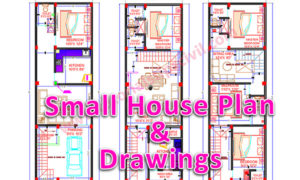 |
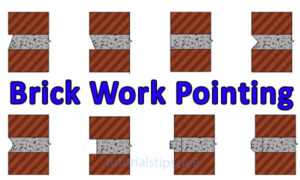 |
 |
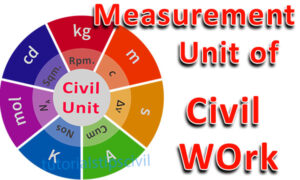 |
 |
 |
 |
 |
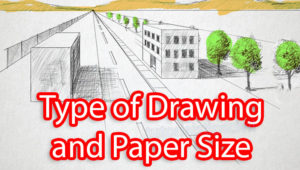 |
 |
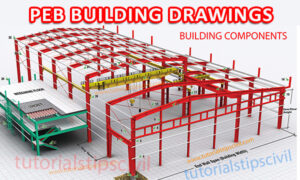 |
 |



